
Healthy Living
🌱example project for insulation
of a building facade
of a building facade
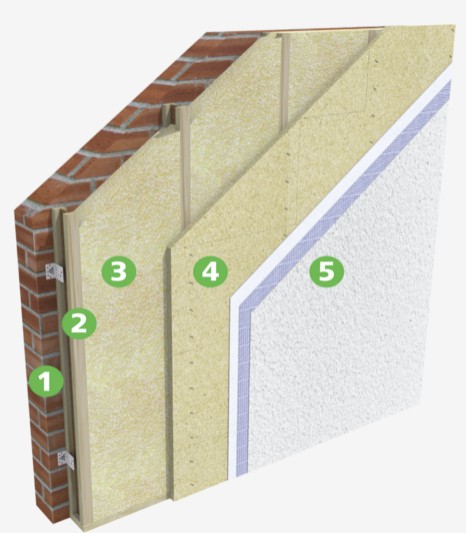
The project:
Facade Insulation
Next is a project showing the renovation of an old house, built in 1965. The walls are uneven and made of hard masonry. Due to the fact that the walls are not straight, are uneven, and there are cable running at the wall surface, it was selected to insulate them using a system based on wood fiber, injected between the wall and a holding structure that will be built out of natural wood.
- Existing solid brick wall
- 160 mm STEICOjoist (SJL60/160 @ 600mm centres) used as a spacer
- Voids filled with cavity insulation STEICOzell / STEICOflex 036
- 40mm STEICOprotect dry
- Lime base coat, mesh and lime finish coat
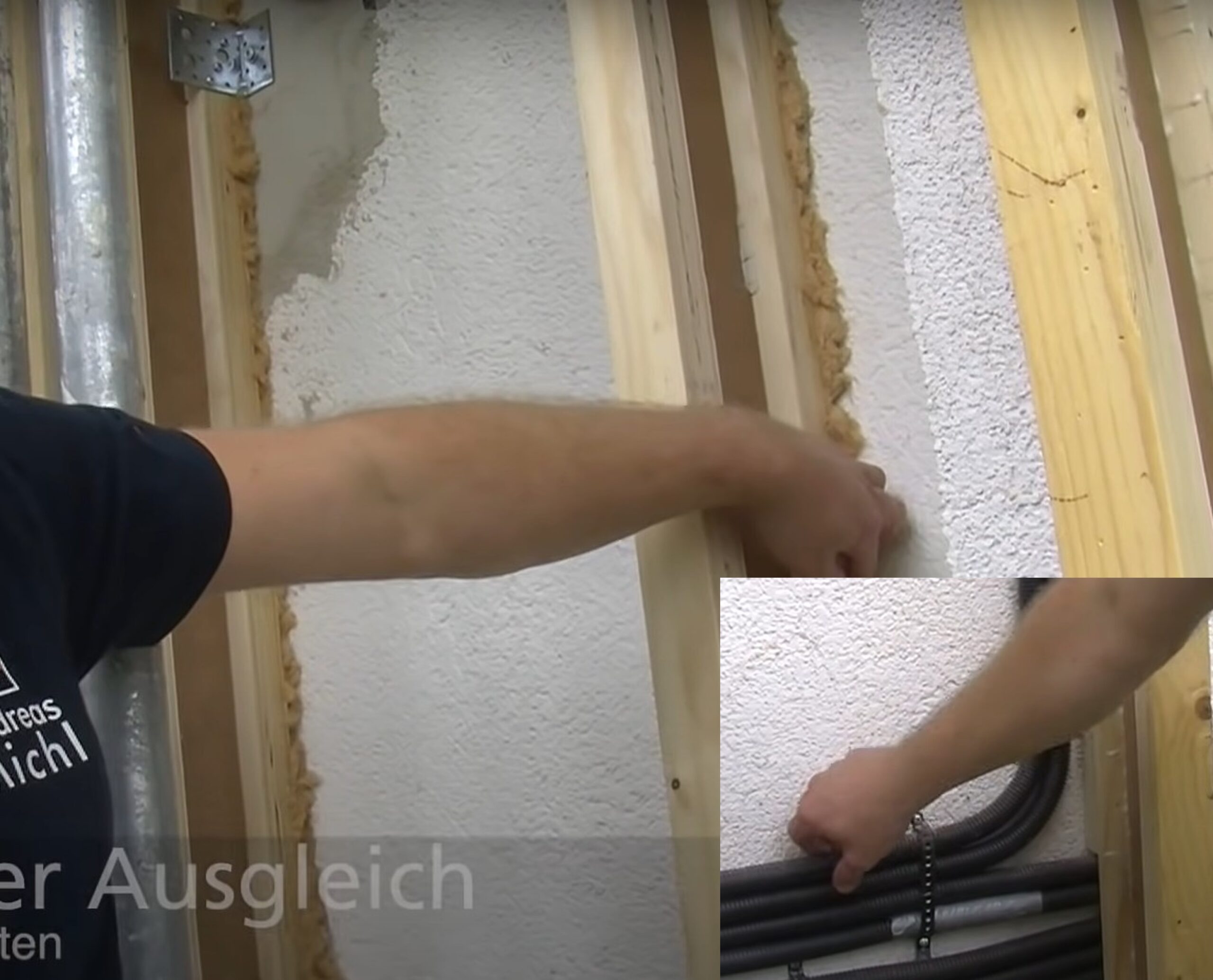
Step 1: Install the 160 mm STEICOjoist
The total insulation thickness we want to achive is 200mm. Therefore, STEICOjoist SJL60/160 with the width of 160 mm will be used. Addind later the STEICOprotect of 40 mm, will lead to combined 200 mm insulation. The cavity between the joist and the plates will be filled in with STEICOzell wood fiber. Using joist instead of wood beams offers the following advantages:
- High load-bearing laminated veneer lumber
- Slender I-shape for reduced thermal bridging and improved energy efficiency
- Excellent dimensional stability, minimised shrinkage and twisting
- Defined drilling zones and web penetrations allow simple installation of building services
- Low weight
Materials used: STEICOjoist SJL60/160, Polyurethane foam, metal binders
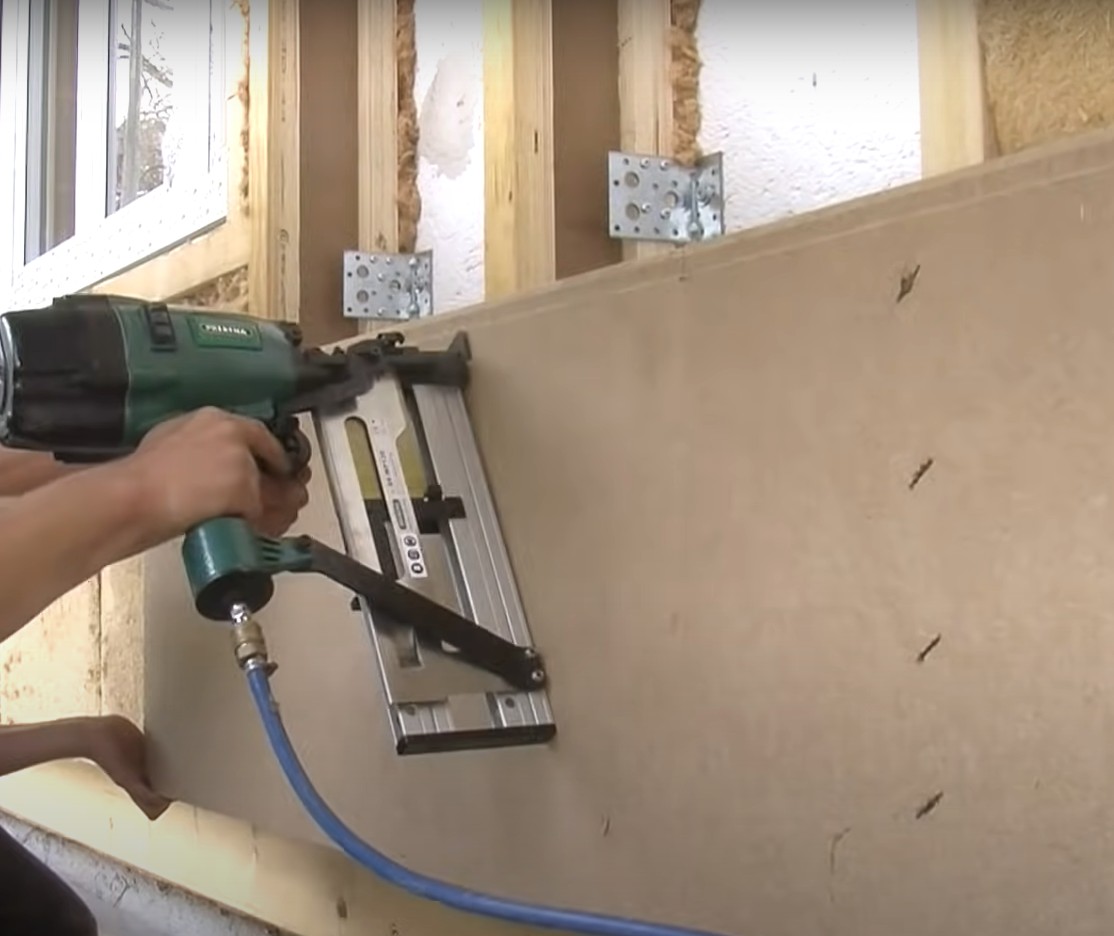
Step 2: Install STEICOprotect plates
The plates of STEICOprotect being made of wood fiber are fulfilling two functions: one one side is being part of the insulation layer, and on the other side is bonding well with the finish coat. They are light, easy to assemble, easy to fasten, and made of natural wood. The advantages offered are:
- With tongue and groove for use in timber frame construction
- Can be combined with many render systems
- Diffusion-open to protect the construction
- With wood’s own lignin as a binding agent
- When used as a wall construction panel in rear-ventilated façades, stiffening in accordance with German approval AbZ-9.1-826
Materials used: STEICOprotect, stiches or any other mean suitable for wood fixation
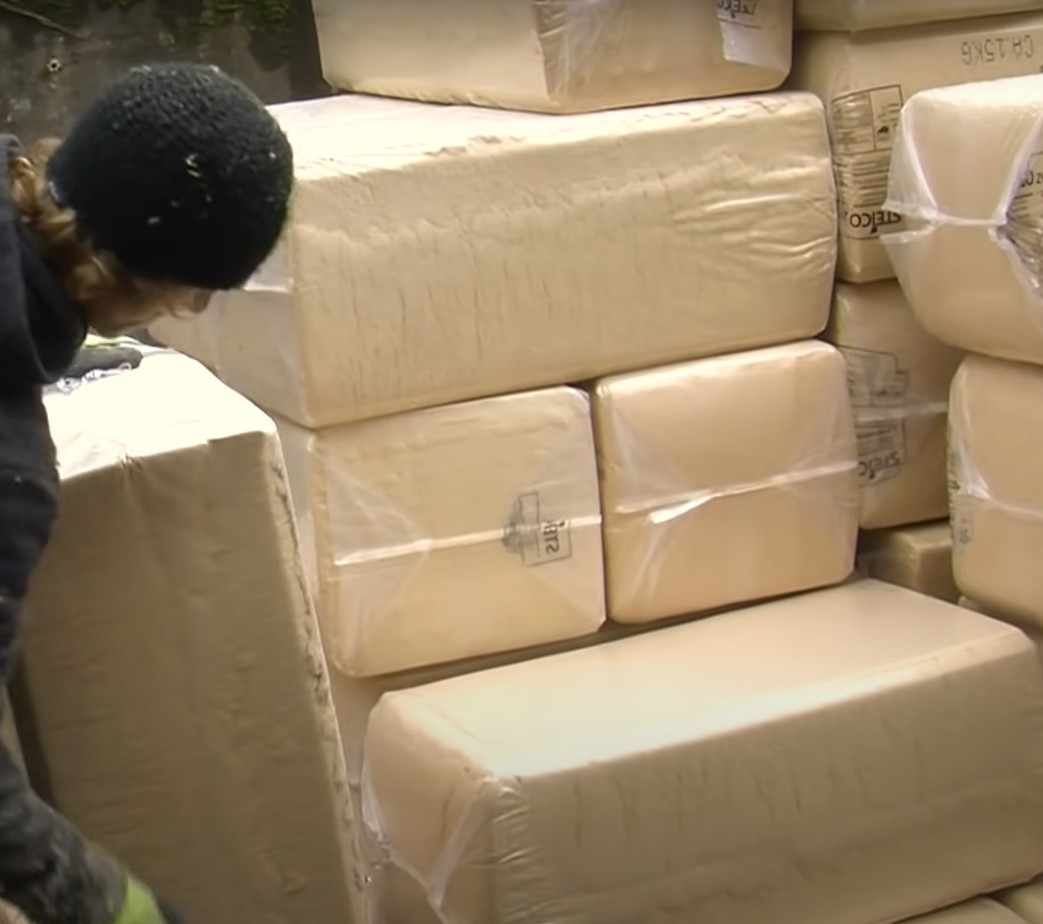
Step 3: Prepare STEICOzell
Between the wall and the STEICOprotect layer there is a gap of 160 mm depth. this gap will be filled up completely with wood fiber STEICOzell or STEICOfloc. STEICOzell is made of 100% natural wood and STEICOfloc has is a combination of wood fiber with cellulose to ensure a better flow and reduce the blowing time by 40%.
- Insulates cavities of all shapes and sizes
- Particularly cost-effective due to optimised material requirements (insulation with low densities due to three-dimensional interlocking of the wood fibres)
- Suitable for on-site assembly
- Bears the quality mark of the German Institute for Building Biology Rosenheim (IBR) for healthy living and environmentally friendly building products.
Material used: STEICOzell
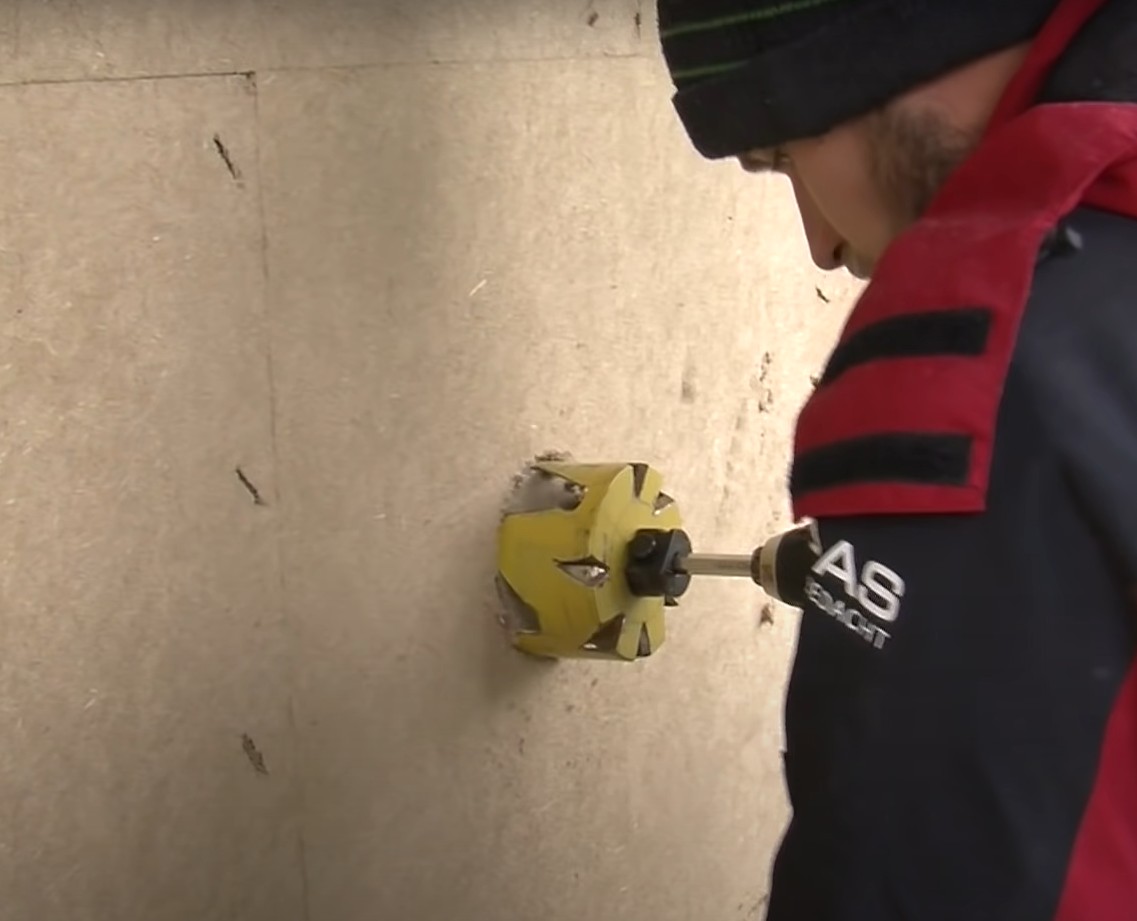
Step 4: Drill the blowing holes
This step requires professional work with professional tools. In order to fill in the space behind the panels, a professional blowing machine will be used. In this project it is used a blow machine from Cool Machines. Before drilling, check the size of the filling hose. The drillings are performed with a standard drill bit BK 105. Numvers of drills depend on structure configuration. The drill bit properties are:
- For drilling wood fiber insulation panels.
- Center drill suitable for drill bits 75 / 105 / 121 mm. Quick change between different diameters.
- Making precisely fitting holes for STEICO sealing plugs 105 mm
- Clamping shaft d-10 mm, suitable for all common battery drills.
- Center drill is offered separately. Is not included with the drill bit.
- Drilling diameter 105 mm
Materials used: Drilling Bit BK 105
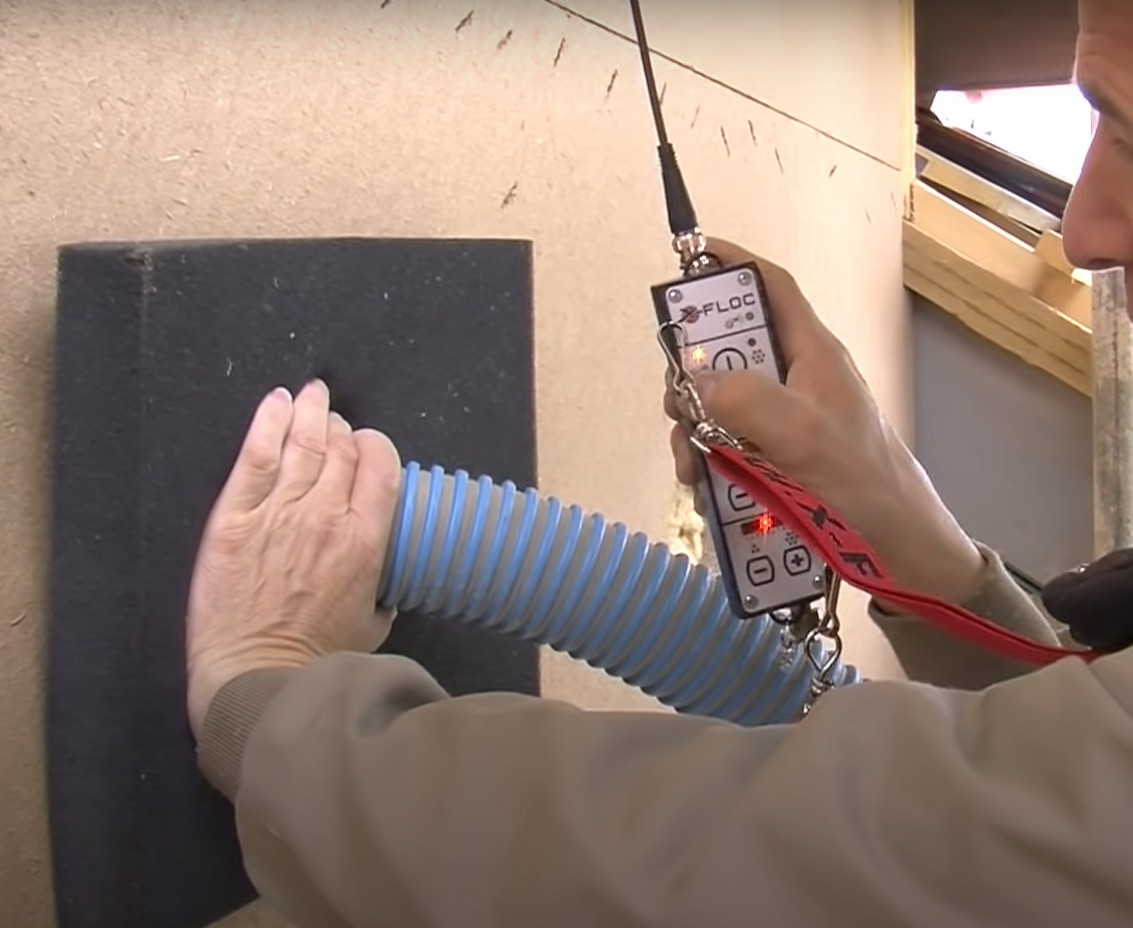
Step 5: Insulation blow
The wood fiber is being pushed under air pressure into the gap created by assembling the insulating plates over the wood profiles. To ensure a clean working space, a sealing sponge plate can be used. The blowing machine is remote operated. To select the right machine and the right accessories for a professional blow, use the contact form and get in touch with us. The machine can be bought or rented, depending on the frequency of the projects requiring such a tool. In order to use such a machine, professional training is required, and this can be provided when renting or buying the machine..
The machine used in this project is Cool Machines CM 2400S. The CM-2400 series machine provides an economical, high production machine with low power requirements and reduced weight and size of the truck or trailer system.
Materials used: Cool Machines CM2400S
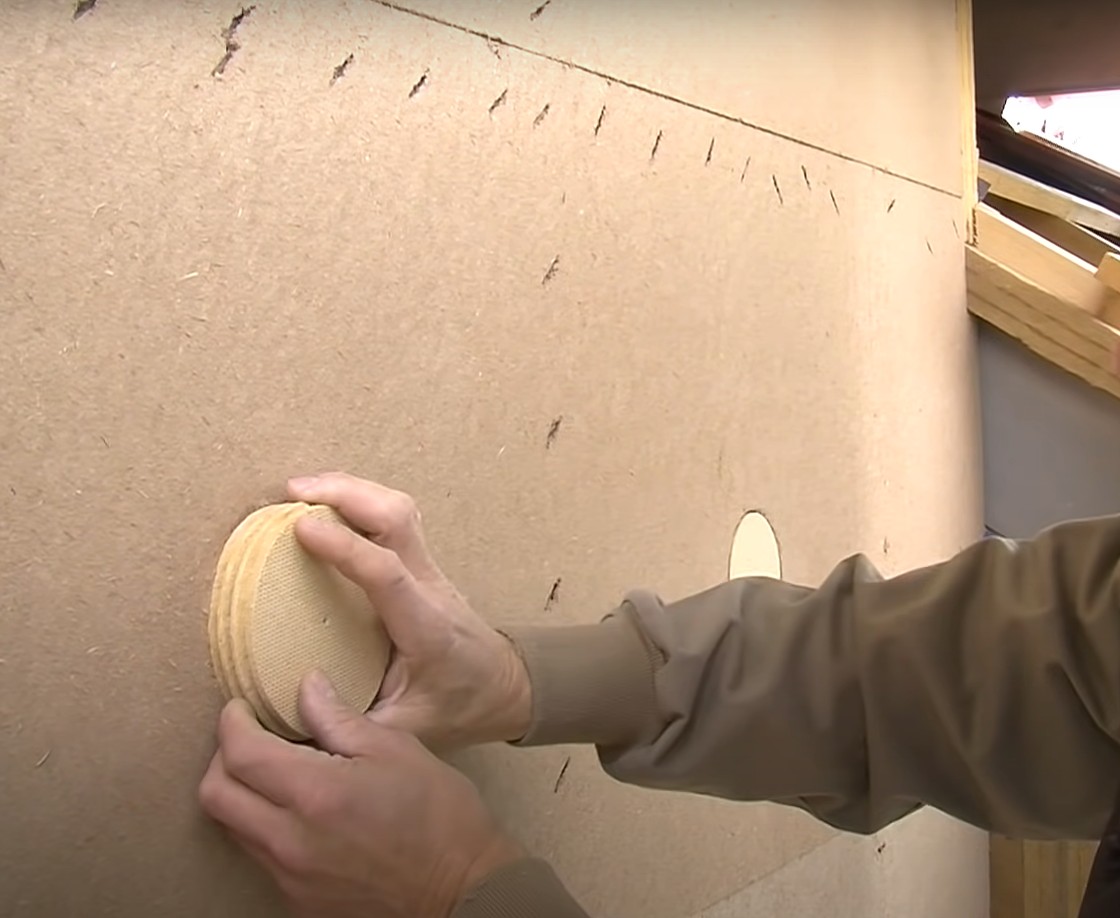
Step 6: STEICO sealing plugs
After the insulation is pushed into the formed cavities and the density achieved corresponds to the norms, the holes can be plugged using standard plugs. In this project, STEICO sealing plugs with the diameter of 105 mm were used, matching the size of the drilled holes.
Materials used: STEICO Sealing Plugs 105 mm
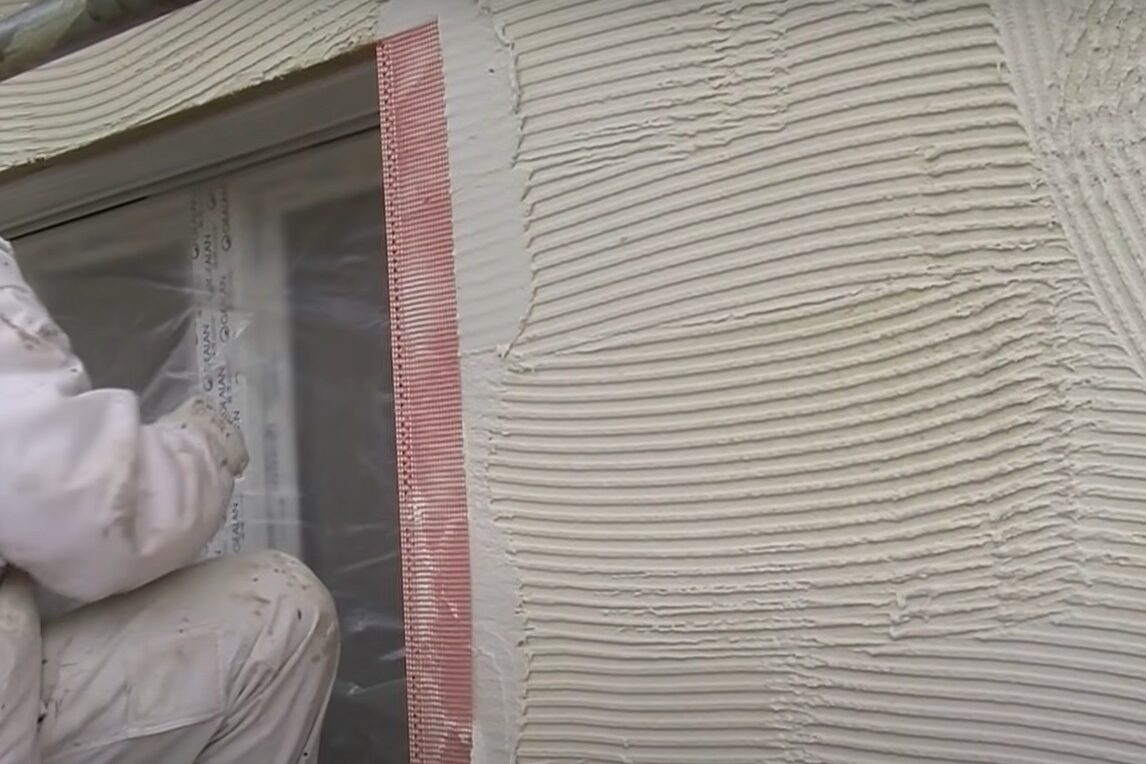
Step 7: Final coating
Now the entire facade is insulated and the last step of applying the final coating can be performed. The insulating plates Steicoprotect are suitable to sustain the final coat and no additional layer in between is necessary. No special care is necessary.
Materials used: Lime base coat, mesh and lime finish coat
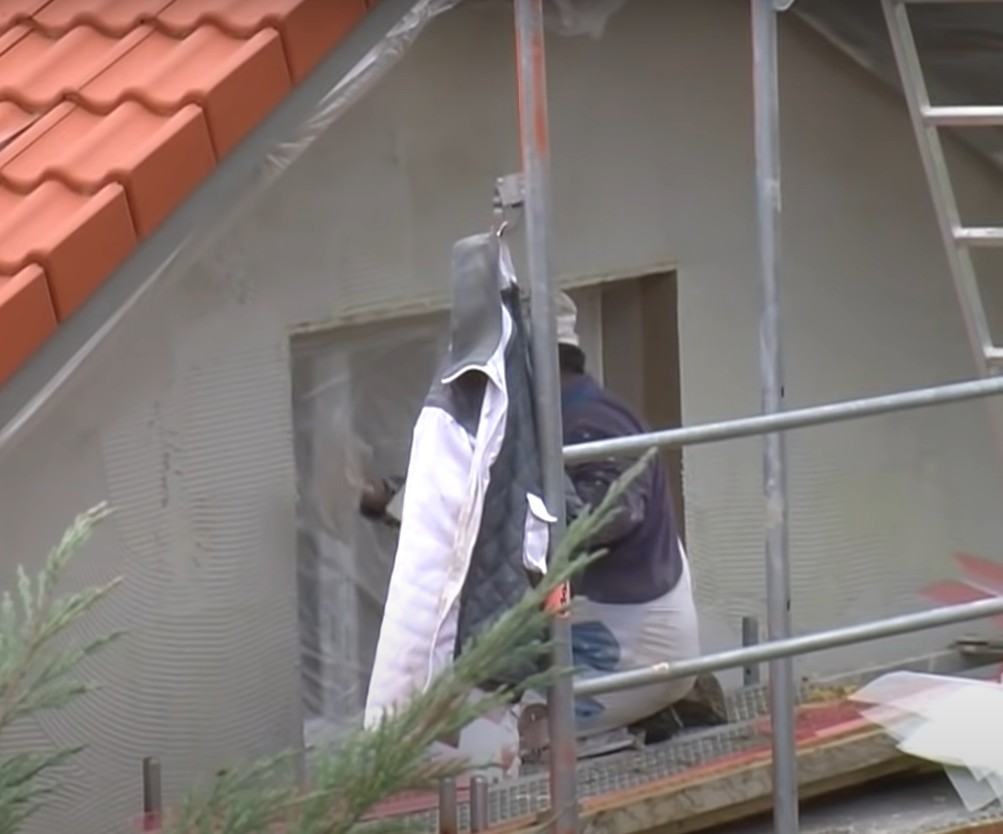
End Result
In this particular case, no other insulation system could be used due to the quality of the wall surface and due to the configuration of the construction (corners, cables etc.). The main advantages achieved are:
- Protection against heat and frost
- Acoustic protection
- Vapor control
- Protection against irritations during installation
Further Information
For more information regarding materials, tools, methods, and tips, as well as regarding technical specifications, compliance, and certification, please visit www.steico.com for insulation materials, www.ids23.de for insulation accessories, and www.coolmachines.de for blown in technology and accessories.
Should you require further assistance, please do not hesitate to get in touch with us and we will be happy to assist you.
